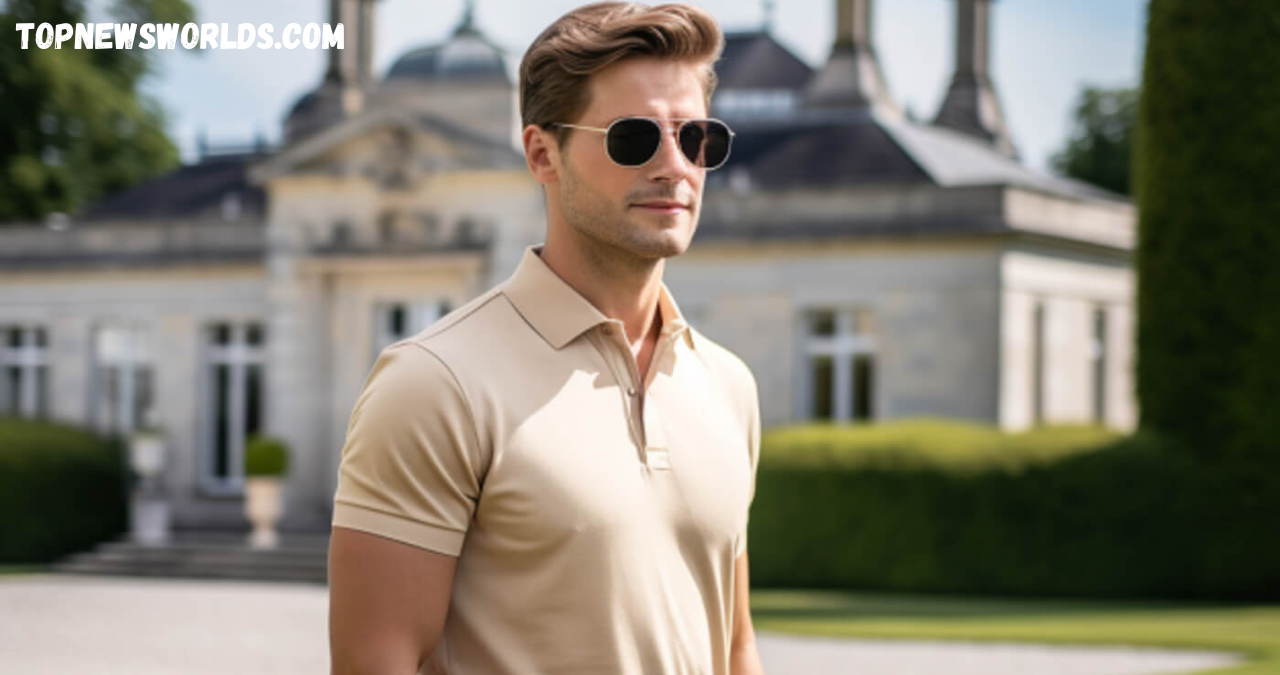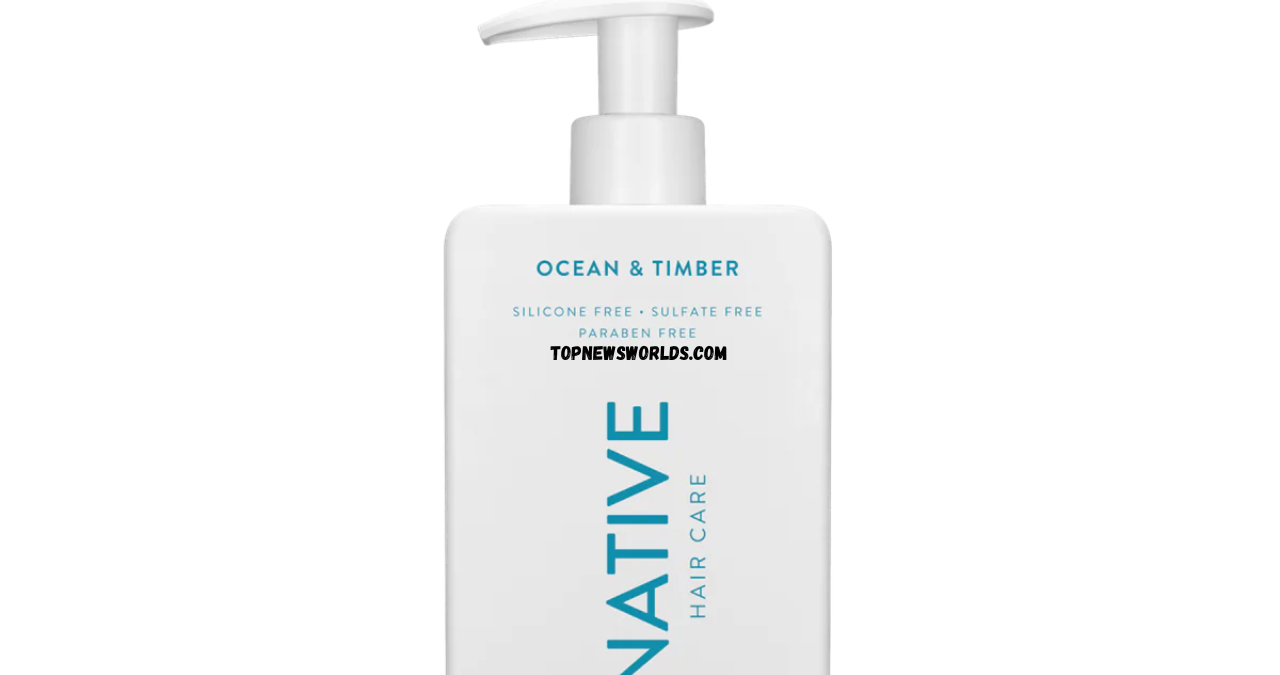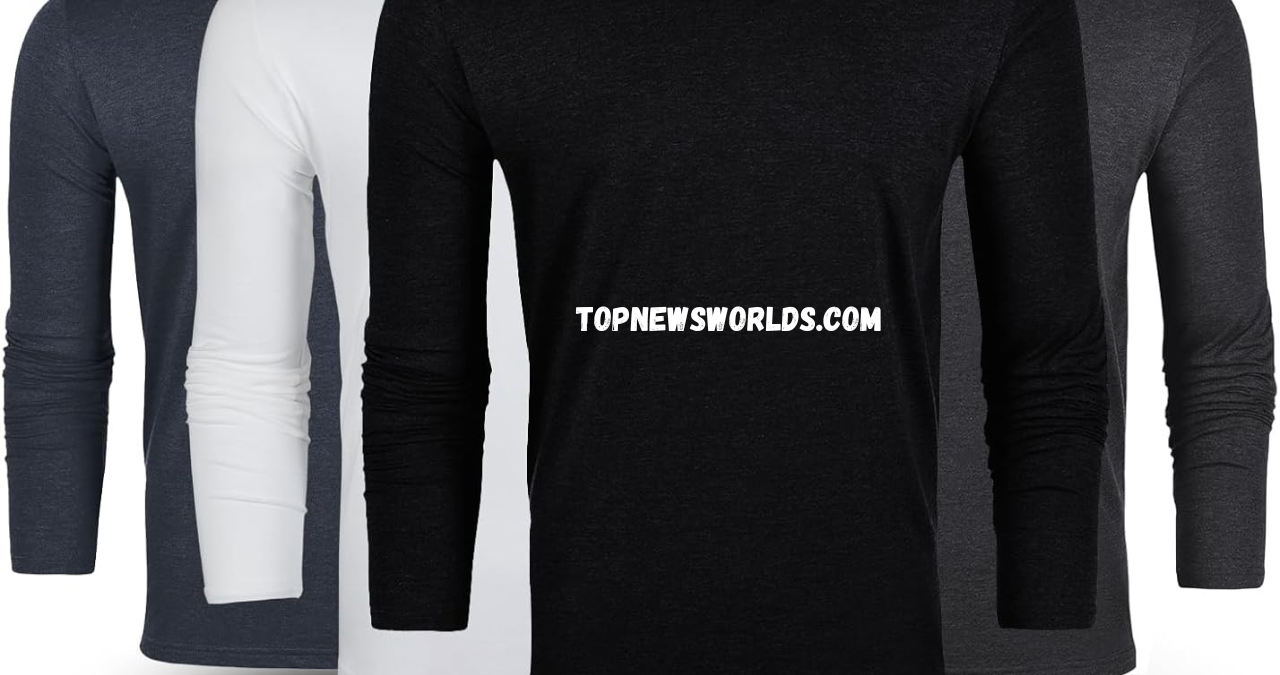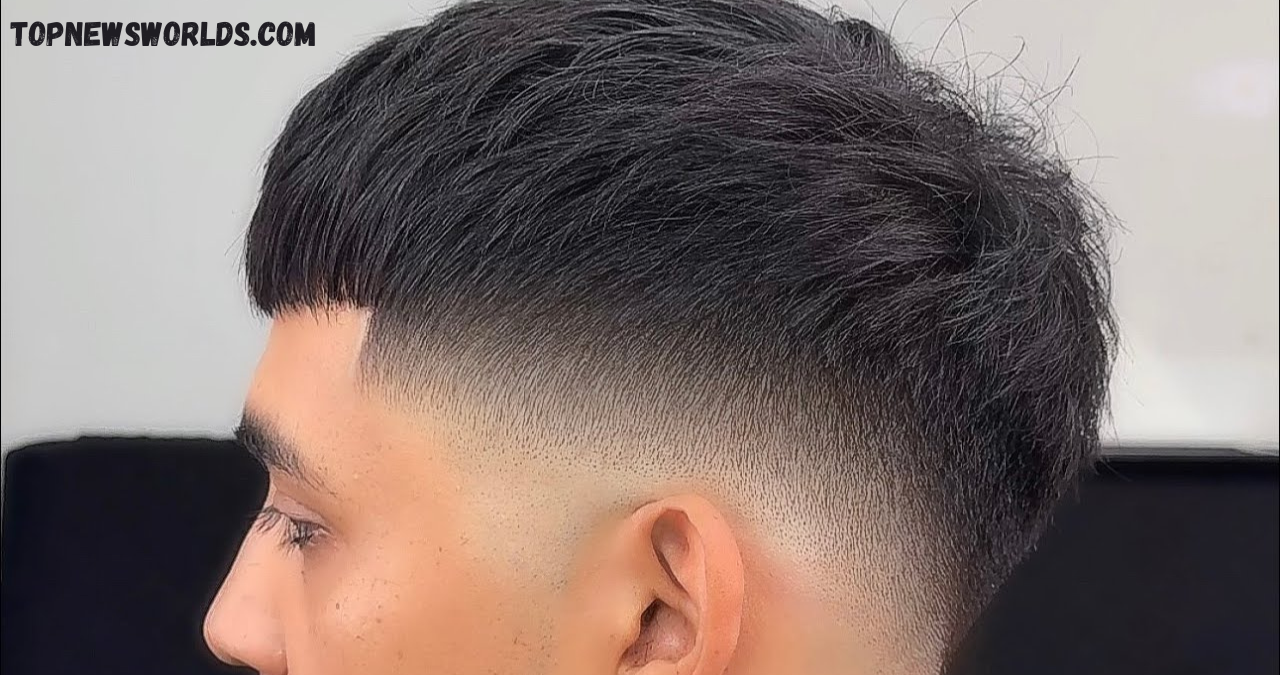In the ever-evolving landscape of Old Money Style Men, where streetwear reigns supreme and logos battle for attention, there exists a timeless aesthetic that remains quietly powerful—Old Money Style Men. This sartorial approach, rooted in generational wealth and understated elegance, has recently resurfaced in popular culture. Men seeking sophistication without screaming for attention are finding their way back to these classic looks. But Old Money Style Men isn’t merely about clothing—it’s a way of life, an attitude, and an art of presenting oneself with grace and subtlety.
Unlike flashy trends associated with “new money” and influencer culture, Old Money Style Men fashion champions quality, heritage, and longevity. It whispers refinement rather than shouts affluence. Think navy blazers over designer logos, cashmere over synthetic blends, and character over clout. This style is for those who appreciate legacy over likes and craftsmanship over mass production.
In this in-depth guide, we will explore the foundations of Old Money Style Men—from its historical roots to how it can be adapted for modern wardrobes. Whether you’re building your wardrobe from scratch or refining your current style, this guide offers you a masterclass in subtle sophistication. Let’s step into a world where timeless fashion and quiet confidence reign supreme.
Origins of Old Money Style Men A Legacy of Sophistication
The Old Money Style Men aesthetic dates back centuries, born from the lifestyles of European aristocrats and American dynasties. This was a time when fashion was deeply tied to tradition, not trend. The wardrobes of men from established families in places like New England, Oxford, and the French countryside were curated with care—built not for attention, but for endurance and elegance. The styles were shaped by centuries of elite institutions, such as British boarding schools and Ivy League universities, where dress codes reflected social status through refinement, not flamboyance.
Cultural institutions like sailing clubs, fox hunts, and the upper echelons of politics shaped the daily dress of Old Money Style Men elites. These environments demanded a particular dress code—tailored, formal, and built on traditions that rarely changed. It was here that staples like the tweed blazer, wool trousers, and the camel trench coat gained their prestige. Figures such as JFK, the Duke of Windsor, and Gianni Agnelli not only defined this aesthetic but lived it, embodying the seamless blend of formality and ease.
What sets old money fashion apart is its deliberate resistance to trends. It prioritizes durability, subtlety, and classic cuts that age gracefully. This isn’t fashion that evolves every season; it’s style that matures over decades. Wearing Old Money Style Men pieces isn’t just about how you look—it’s about honoring a legacy of discreet luxury and refined restraint.
Pillars of the Old Money Wardrobe
At the heart of old money style lies a carefully curated wardrobe filled with classic, enduring pieces. These are garments that favor construction and craftsmanship over branding, garments that could be passed down from one generation to the next without ever falling out of fashion.
Begin with tailored staples. A navy blazer with brass buttons, a herringbone tweed sports coat, and a well-fitted trench coat are foundational items. These pieces pair effortlessly with both formal and casual wear. The key lies in the tailoring—nothing should be oversized or overly tight. Instead, aim for fit that flatters without drawing attention.
For shirts and knitwear, think Oxford button-downs in soft blues and whites, merino or cashmere sweaters in earthy neutrals, and cricket vests with subtle patterns. These pieces add layers and depth to your outfit while keeping the color palette understated. Knitwear, particularly in colder seasons, adds an intellectual edge to your look—think university professors in the English countryside.
Trousers should include neatly pressed chinos in khaki or stone, high-waisted pleated trousers, and classic grey flannels. Footwear must be impeccable—leather loafers, suede brogues, or horsebit moccasins in brown tones are preferred. old money style men footwear is always polished, never flashy. Brands like Crockett & Jones and John Lobb are synonymous with the understated quality you should be aiming for.
Each item in the old money style men wardrobe should feel lived-in yet pristine. Nothing is brand-new or excessively worn—it’s a collection that tells a story of care, inheritance, and effortless grace.
The Lifestyle Behind the Look
Old money style is more than the sum of its garments—it is deeply entwined with a way of life. The elegance of one’s appearance must be matched by personal grooming, behavior, and lifestyle habits. This is where fashion transforms into identity.
Start with grooming. The old money man values a clean shave or a well-maintained beard, short yet stylish haircuts, and subtle fragrances—think sandalwood or vetiver. You won’t find flashy grooming routines or overstyled hair; instead, there is an emphasis on looking polished without appearing vain.
Accessories are selected with the same principle of intentional elegance. A vintage wristwatch, a pair of tortoiseshell sunglasses, or a discreet signet ring can elevate an outfit without overpowering it. You’ll rarely see oversized logos or garish gold. Instead, think family heirlooms or pieces that tell a story.
This style extends to how old money men spend their time. Common hobbies include sailing, horseback riding, golf, or reading leather-bound books in a quiet study. These aren’t performative pursuits, but rather passions rooted in heritage and tradition. A gentleman’s presence is often felt more in his demeanor than his wardrobe.
Even interior spaces reflect the old money aesthetic: leather club chairs, Persian rugs, art passed through generations, and antique libraries. The refined surroundings complete the portrait of a man who dresses not just for show, but from a place of cultivated taste and intentional living.
Brands and Stores that Embody Old Money Style

To embody old money style, one must shop with discernment, favoring brands that value heritage over hype. These labels often have storied pasts, supplying clothing for nobility, presidents, and tastemakers for generations.
Start with heritage American brands like Brooks Brothers, known for their iconic button-down shirts and seersucker suits. Ralph Lauren Purple Label brings European tailoring into the fold with refined cuts and luxurious materials. Across the pond, Burberry stands out for its outerwear, particularly the trench coat, which has become a staple of the refined gentleman.
For bespoke and tailored excellence, explore the elite tailors of Savile Row—names like Anderson & Sheppard, Henry Poole, and Thom Sweeney. These establishments focus on craftsmanship, not collections, and the results are garments meant to last lifetimes.
Footwear is crucial. Church’s, Alden, and Crockett & Jones produce handcrafted shoes built on traditional techniques. For accessories, brands like Goyard and Turnbull & Asser offer subtle elegance with personalizable touches.
Old money style isn’t about fast fashion or convenience shopping. It’s about investing in quality, sourcing pieces with history, and finding those quiet corners of fashion that haven’t changed in a hundred years—for good reason.
Adapting Old Money Style for the Modern Gentleman
While rooted in tradition, old money style can seamlessly blend into modern life. It’s not about recreating the past but respecting it while adapting to today’s world. Younger generations can interpret this look by mixing vintage pieces with contemporary fits and updated silhouettes.
The trick is in maintaining the core principles: quality, subtlety, and longevity. You can wear a well-tailored pair of jeans with a navy blazer or layer a cashmere sweater under a structured trench. The rules are flexible—so long as the execution stays true to the style’s essence.
For those on a budget, don’t worry—old money style doesn’t require old money. Thrift stores, vintage shops, and estate sales are treasure troves for heritage pieces. Focus on neutral color palettes and classic fits, avoiding anything trend-heavy or logo-laden. Quality second-hand items often surpass new fast fashion in both durability and aesthetic.
Finally, remember that this style is as much about mindset as it is about clothes. Confidence, humility, and culture are the true accessories of the old money man. Wear your garments with quiet assurance. Let your elegance speak without words. After all, in a world obsessed with spectacle, true style is found in restraint.
Conclusion
Old money style is not simply a fashion choice—it’s a personal philosophy. It speaks of refinement over richness, legacy over logos, and substance over spectacle. For the discerning man, adopting this aesthetic is about more than wearing fine fabrics—it’s about embodying a tradition of grace, confidence, and cultivated taste.In a sea of fleeting trends, the old money look stands as a beacon of timeless masculinity. It doesn’t demand attention; it commands respect. And as you build your wardrobe, remember: true elegance never shouts—it whispers, with every detail.
You May Also Read: https://topnewsworlds.com/mercedes-benz-cologne/




